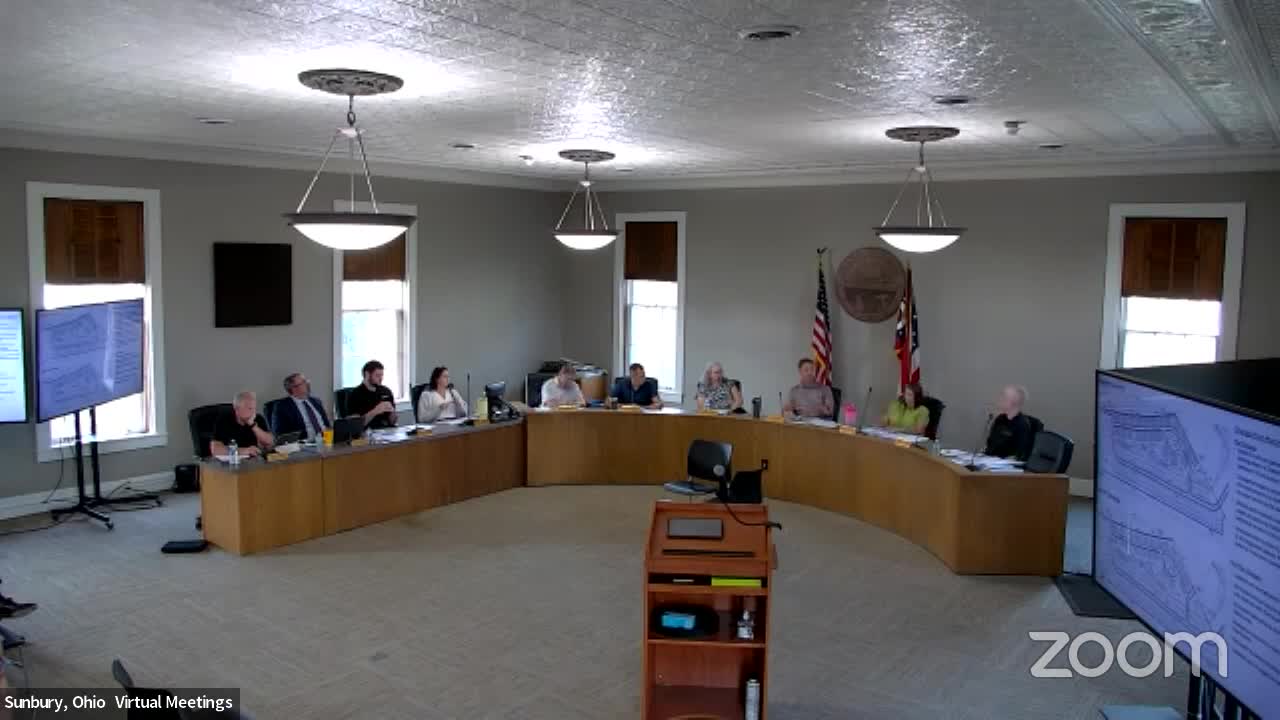Housing Density Debate Sparks Community Division
July 23, 2024 | Sunbury City, Delaware County, Ohio

This article was created by AI summarizing key points discussed. AI makes mistakes, so for full details and context, please refer to the video of the full meeting. Please report any errors so we can fix them. Report an error »

In a recent government meeting, community members engaged in a heated discussion regarding the proposed development plans for their neighborhood, focusing on the implications of housing density and its impact on local schools and infrastructure.
The conversation highlighted the existing residential layout, with one participant noting that their neighborhood consists of one-third acre lots, which are classified as low density. In contrast, another resident pointed out that their eighth-acre lot contributes to a different demographic dynamic, with one pupil per household compared to one pupil for every ten homes in patio home developments. This disparity raised concerns about the potential strain on local schools, with estimates suggesting a $12,000 impact per home.
As the dialogue progressed, differing opinions emerged on the merits of high-density housing. One resident expressed skepticism about the wisdom of increasing density, arguing that it could lead to an influx of 10,000 new residents, which they deemed unsustainable. They emphasized the need for fewer homes on larger lots to maintain community character and reduce potential burdens on local services.
Conversely, other council members advocated for the development, arguing that it would provide necessary housing diversity and options for new residents. They pointed out that the current market offers limited affordable housing, with many homes priced beyond the reach of average buyers. One council member, reflecting on their long-term residency, stressed the importance of accommodating a range of housing needs to prevent exclusivity in the community.
The meeting concluded with a reminder that the project, regardless of the vote outcome, would proceed in some form, underscoring the importance of community input in shaping the final development plan. The discussions revealed a community grappling with the balance between growth and maintaining its character, as well as the need for diverse housing options to meet the demands of a changing population.
The conversation highlighted the existing residential layout, with one participant noting that their neighborhood consists of one-third acre lots, which are classified as low density. In contrast, another resident pointed out that their eighth-acre lot contributes to a different demographic dynamic, with one pupil per household compared to one pupil for every ten homes in patio home developments. This disparity raised concerns about the potential strain on local schools, with estimates suggesting a $12,000 impact per home.
As the dialogue progressed, differing opinions emerged on the merits of high-density housing. One resident expressed skepticism about the wisdom of increasing density, arguing that it could lead to an influx of 10,000 new residents, which they deemed unsustainable. They emphasized the need for fewer homes on larger lots to maintain community character and reduce potential burdens on local services.
Conversely, other council members advocated for the development, arguing that it would provide necessary housing diversity and options for new residents. They pointed out that the current market offers limited affordable housing, with many homes priced beyond the reach of average buyers. One council member, reflecting on their long-term residency, stressed the importance of accommodating a range of housing needs to prevent exclusivity in the community.
The meeting concluded with a reminder that the project, regardless of the vote outcome, would proceed in some form, underscoring the importance of community input in shaping the final development plan. The discussions revealed a community grappling with the balance between growth and maintaining its character, as well as the need for diverse housing options to meet the demands of a changing population.
View full meeting
This article is based on a recent meeting—watch the full video and explore the complete transcript for deeper insights into the discussion.
View full meeting
